ANSBACH, Germany - U.S. Army Garrison Ansbach put itself and the local community's emergency responders to the test during a force protection and incident response exercise Oct. 15-17.
The exercise scenario - climaxing the evening of Oct. 17 with an accident resulting in numerous injuries including a bus full of injured children - required action by almost every part of the garrison and tactical units, and also heavy participation by host nation emergency responders.
Required by U.S. Army, Europe to test itself each year, this exercise proved more expansive than past ones in recent garrison history, said Mitchell Jones, director of plans, training, mobilization and security.
"What I enjoyed about this one was the amount of participation by host nation officials; I'd never seen it at that scale before," said Jones, who has worked force protection and operations for the past 11 years split between Grafenwoehr, Vilseck, Hohenfels, Ansbach and the States.
"It was magnificent," Jones added. They came to our planning stages about two months ago, and then about two weeks ago to our tabletop where I saw the heads of the Polizei, the heads of the fire department and heads of other emergency organizations - it was unbelievable. I've never seen that level of support before." Host nation support combined with leadership commitment to a realistic training event equaled great success, Jones said.
"In my ... opinion, we exceeded USAREUR's expectations," he said. "They had trouble finding what our weaknesses are - and usually they have a laundry list of things. That says a lot about the commander as well, she (Lt. Col. Tammy McKenna, garrison commander) gave us the flexibility to plan and execute a full-scale exercise."
"Commanders have to be willing to take risks when they do these types of things - everything from safety issues to chaos in the community: schools delayed, people not getting on post, household goods deliveries delayed," Jones said. "She wanted to test our response and see our mechanisms from a real live mission as opposed to pre-planned and pre-staged. It made it very realistic."
And it all paid off, said Stefan Groetschel, garrison fire chief.
"It benefits both sides - garrison and host nation," Groetschel said. "We learn about each others' operations much better, we will know the leaders of each organization, and we can focus on quick and efficient emergency response during real emergencies because we understand each other so much better.
"It is especially important for the host nation side to train with the military since there is quite some difference compared to a response on the local economy: military structure, foreign language and the presence of different hazards."
Groetschel added that the realism of the scene - created and set up by garrison fire and emergency services - took some people aback.
"We tried to be as realistic as possible; it worked out very well," he said. "If trainees don't even realize during the exercise any more that it is a drill and not real, then the setup is perfect. I talked to several attendees from host nation as well as U.S. rescue organizations who stated that they had goose bumps when they saw the scenario.
"For us it was quite some work," he added. "Each dummy had a card explaining the injuries of the person as well as the role players who were moulaged to show realistic injuries. We welded the doors of the cars to the vehicle frame, so rescue workers had to use the Jaws of Life and not just open the door. We damaged the vehicles with the backhoe of our Unimog to have vehicles look like they were badly damaged during a crash."
"The benefit for our people," Groetschel noted, "was that they could respond to a scenario that was comparable to a real life situation. They were under physical and mental stress, just like during a real call."
Groetschel's counterparts in the city of Ansbach agreed, including Rainer Stache, the city's legal director.
"It gave us a great opportunity to train with our U.S. Army friends in responding to an emergency on one of the installations," Stache said. "The realistic nature of the scene of the simulated accident, along with our working side-by-side with our garrison counterparts, provided local emergency responders a training opportunity that will prove invaluable if and when a real-world situation happens in this area and lives are on the line."
"Both sides learned a lot working together - things we did well and areas we need to improve in," he added. "In the end, it is the people of Ansbach and the Army installations that will benefit the most by having fully trained emergency responders that are better able to work together to save lives."
Jones said that while some people may have been inconvenienced by the exercise, the payoff is certainly worth it.
"We really trained the way we fight," he said. "We have to do this to ensure we can protect the force - family members, Soldiers, civilians - and make sure they keep their current quality of life and so they can feel confident they will be protected.
"Our goal was not to hinder people, but to have them go home assured that if something really happened, we can take care of it. It should help people sleep better."
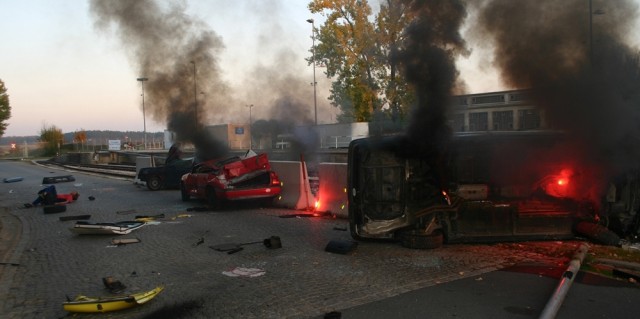
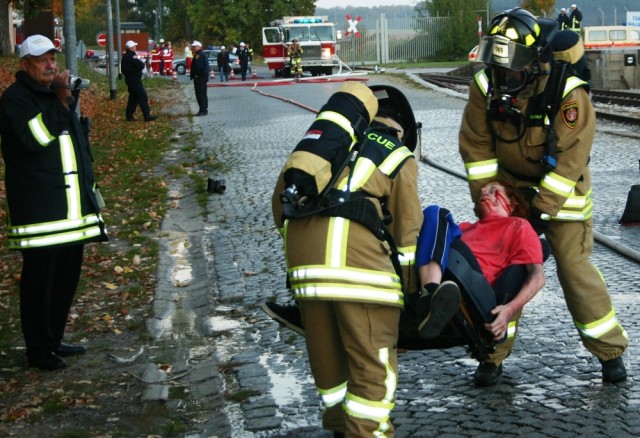
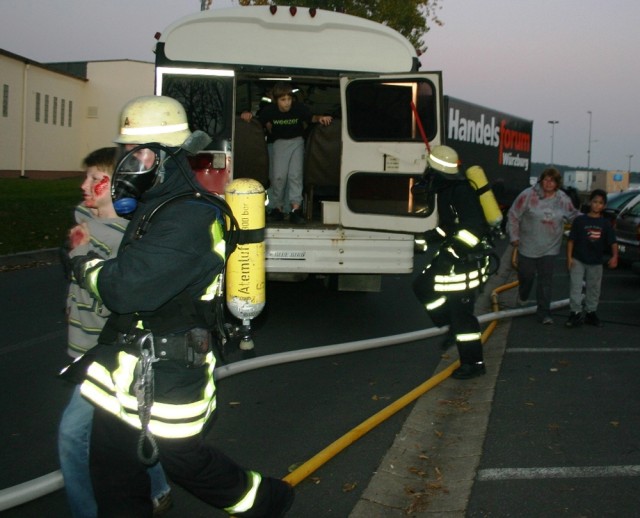
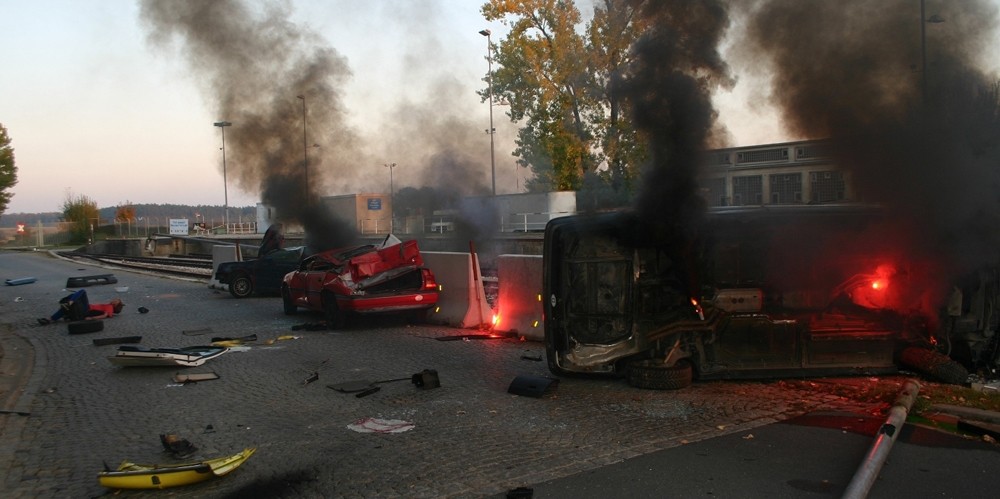
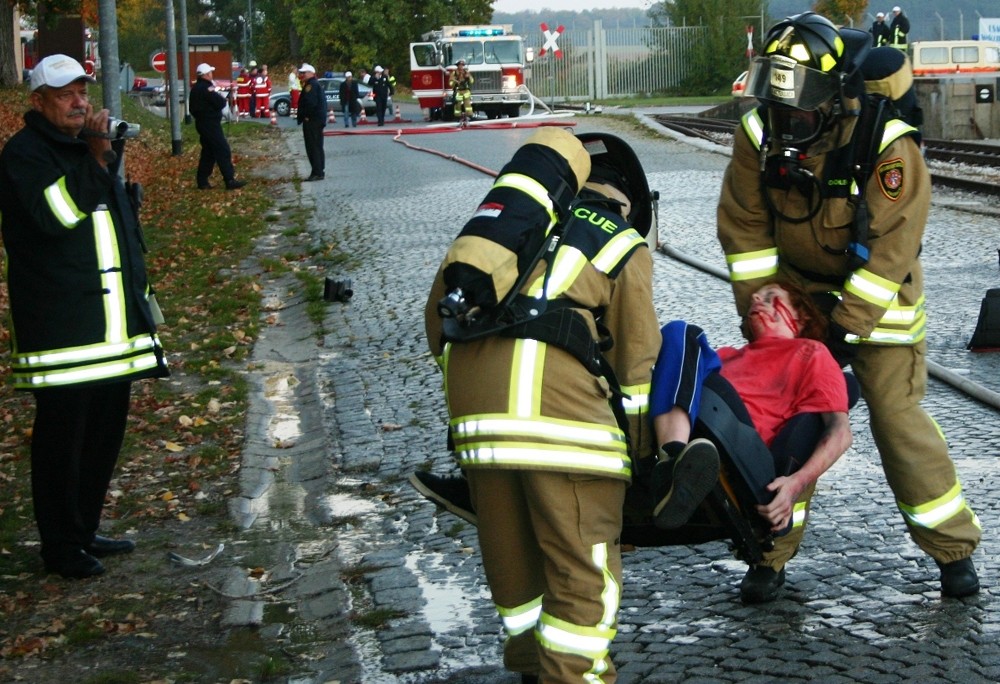
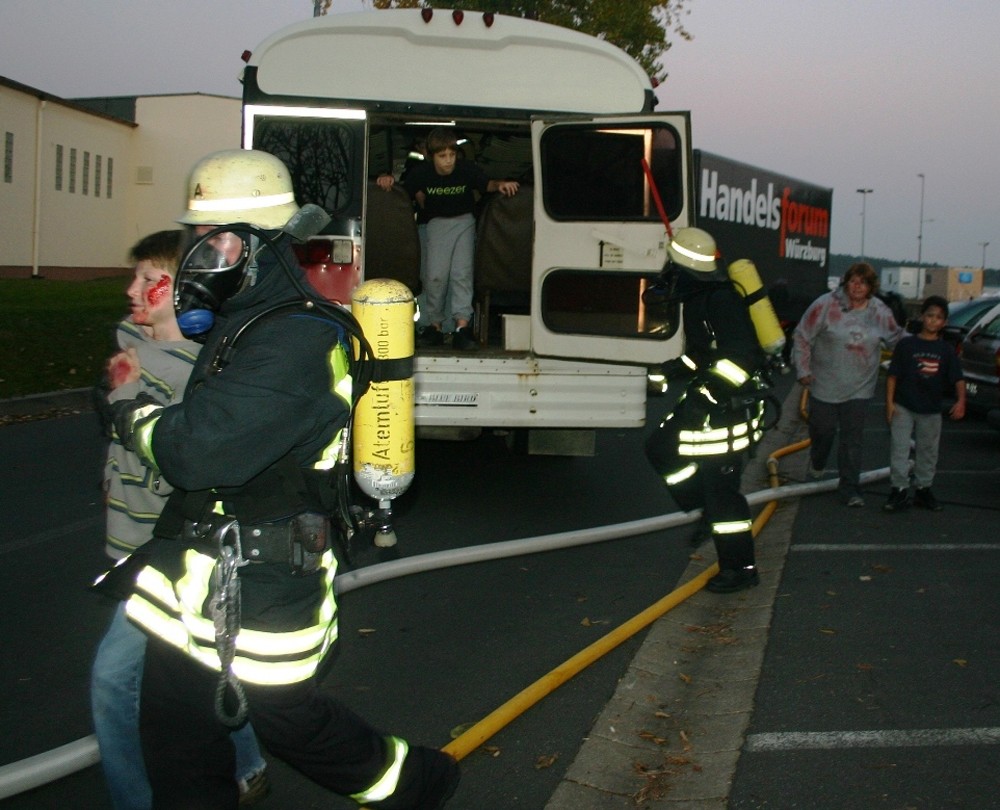
Social Sharing